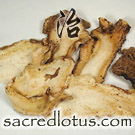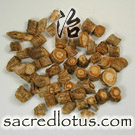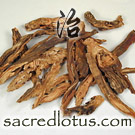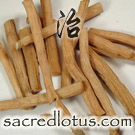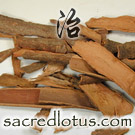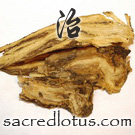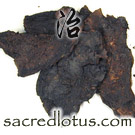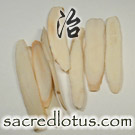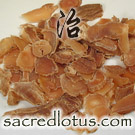Du Huo Ji Sheng Tang (Angelica Pubescens and Sangjisheng Decoction)
Formula 23 of 23 in Formulas that Expel Dampness
Buy This Formula
Get free shipping from
our partners at CHD
our partners at CHD
Sub-Category:
- Formulas that Promote Urination and Leach out Dampness
Pattern:
- Wind Damp Cold Bi with Liver and Kidney Deficiency
Actions:
- Dispels Wind, Cold, and Damp
- Relieves painful obstruction.
- Supplements Qi and Blood.
- Tonifies the Liver and Kidney.
Indications:
- Chronic joint pain or joint deformities Pain and heaviness in the lower back and lower extremities, accompanied by stiffness and weakness in the joints. Numbness in the limbs. Attraction to warmth with an intolerance of cold.
- Palpitations and shortness of breath.
Possible Tongue Appearance:
- Pale tongue with white coat
Possible Pulse Patterns:
- Weak, thin, and slow pulse
Western Uses:
- Chronic Rheumatic Arthritis
- Osteoarthritis
- Rheumatic Sciatica
- Chronic Lower Back Pain
- Sequelae of Poliomyelitis
Cautions, Contraindications, Herb Drug Interactions:
- Do not use in cases of heat Bi, acute arthritis, or Yin deficiency
Preparation Notes:
- Decoction. The modern dosage of Sang Ji Sheng is 15-30 grams, but Xu Duan is often substituted for this herb. Dang Shen usually replaces Ren Shen, increasing the dosage by 2 times.
Originally Appeared In:
- Thousand Ducat Formulas (Qian Jin Yao Fang)
Combined Channels of all herbs in this formula:
- Bladder, Kidneys, Lungs, Spleen, Liver, Stomach, Gall Bladder, Heart, Pericardium
There are 15 Substances in this Chinese Medicne
Du Huo (Pubescent Angelica Root)Quantity = 9 grams
Quantity = 6 grams
Quantity = 6 grams
Quantity = 6 grams
Quantity = 6 grams
Quantity = 6 grams
Quantity = 6 grams
Quantity = 6 grams
Quantity = 6 grams
Quantity = 6 grams
Quantity = 6 grams
Quantity = 6 grams
Quantity = 6 grams
Quantity = 6 grams
Quantity = 6 grams
Find Similar Chinese Formulas
Sacred Lotus can compare the Chinese herbs in this formula to all other formulas on the website. Formula archetypes will list of formulas that have similar herbs, ranked by the number of herbs that match:
Get Formula Archetypes


